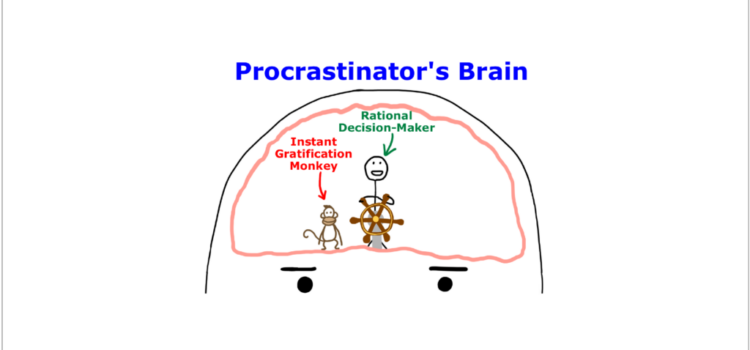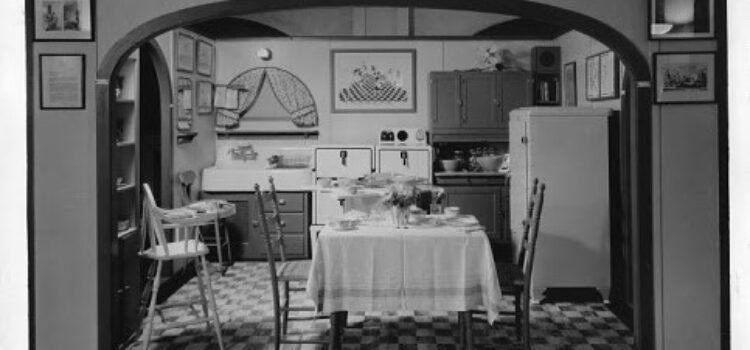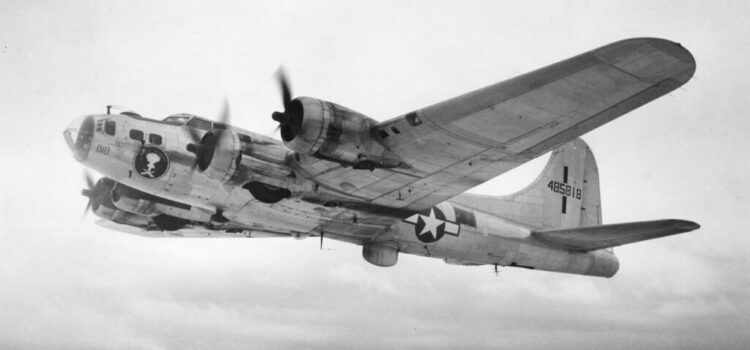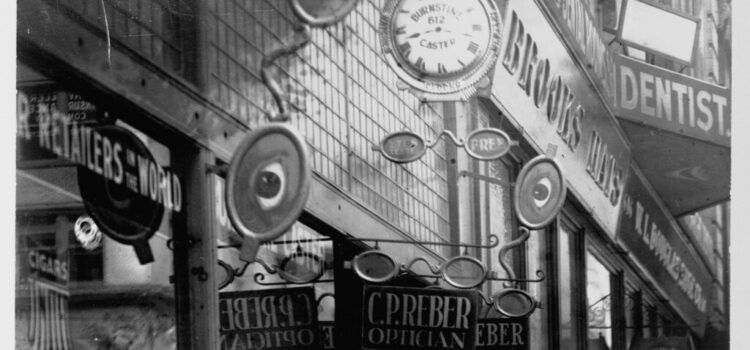Inside TikTok’s Algorithm
The Wall Street Journal dives into how TikTok customizes your feed to create the seemingly uncanny accuracy of the app’s recommendation algorithm.
The Wall Street Journal dives into how TikTok customizes your feed to create the seemingly uncanny accuracy of the app’s recommendation algorithm.

Learn about the head of design at Braun and one of the most influential industrial designers of the late 20th century. Dieter Rams is briefly featured in Genius of Design I
One tip: on May 20 (Rams’ Birthday), the producer of Rams offers free viewing each year.

The original blog post of Tim Urban’s viral TED talk about how a procrastinator’s brain works.

Mike Monteiro, co-founder and design director of interactive design studio Mule Design, elaborates on the ethics of design.

Article about Lillian Gilbreth, who used her expertise in motion studies to reinvent the kitchen in 1929.

Timo de Rijk, director of Design Museum Den Bosch and professor at TU Delft and Leiden University, explains 4 ideas that illustrate how designers should work together on big projects to deal with critical issues that the world faces today.

Wired Magazine provides an excerpt from the book User Friendly by Cliff Kuang with Robert Fabricant. It tells the tale of how experimental psychologist Paul Fitts was brought into the Air Force to research recurring crashes in the B-17 Flying Fortress. Instead of “pilot error,” he saw what he called, for the first time, “designer error.”

Article from The Atlantic about the history of humans as consumers.

A chapter of the Routledge International Handbook of Participatory Design on the Heritage (aka history) of participatory design.

Fascinating article from NY Times documenting the travel of a container of laptops from China to The Netherlands via railways.